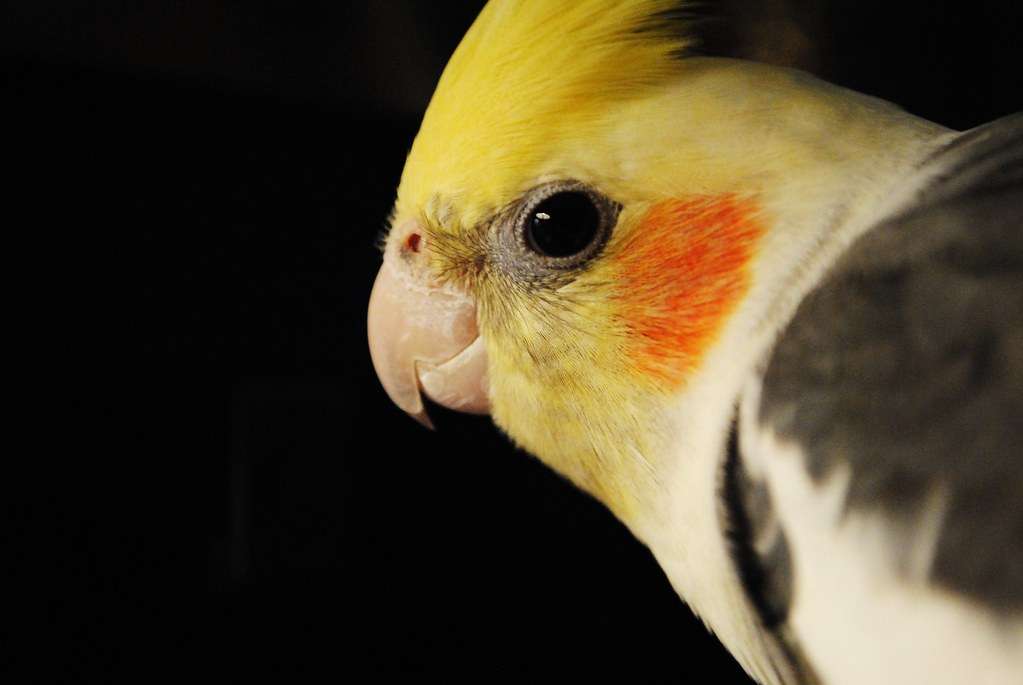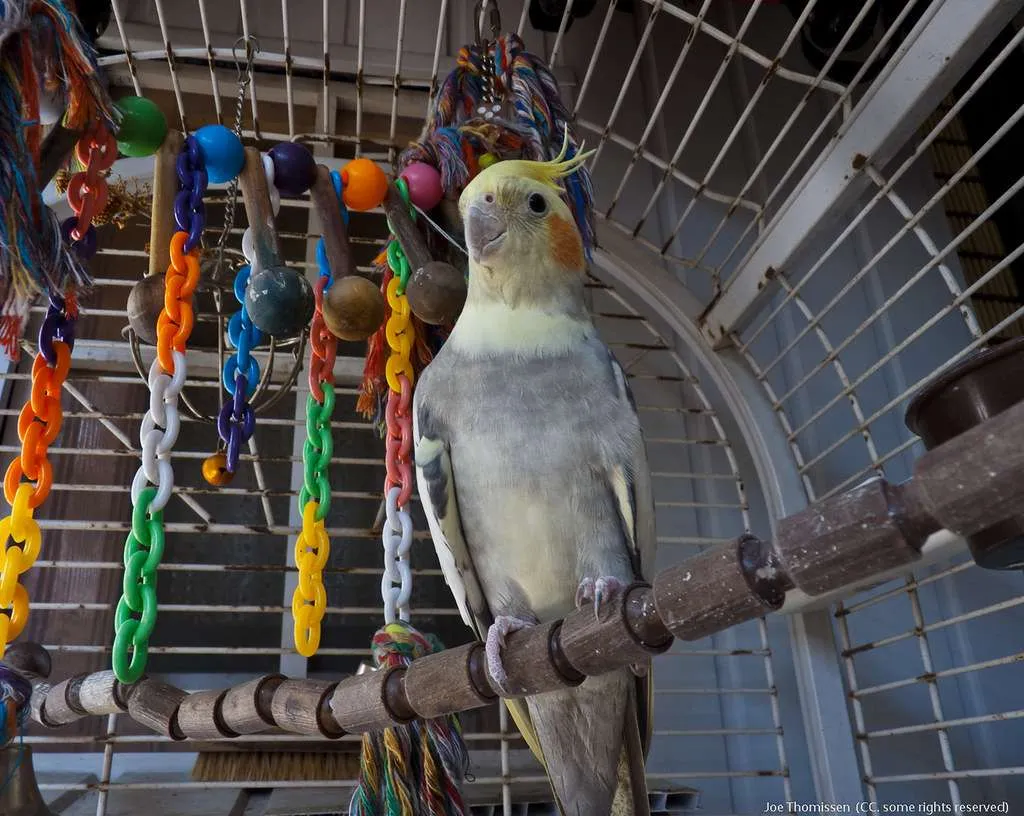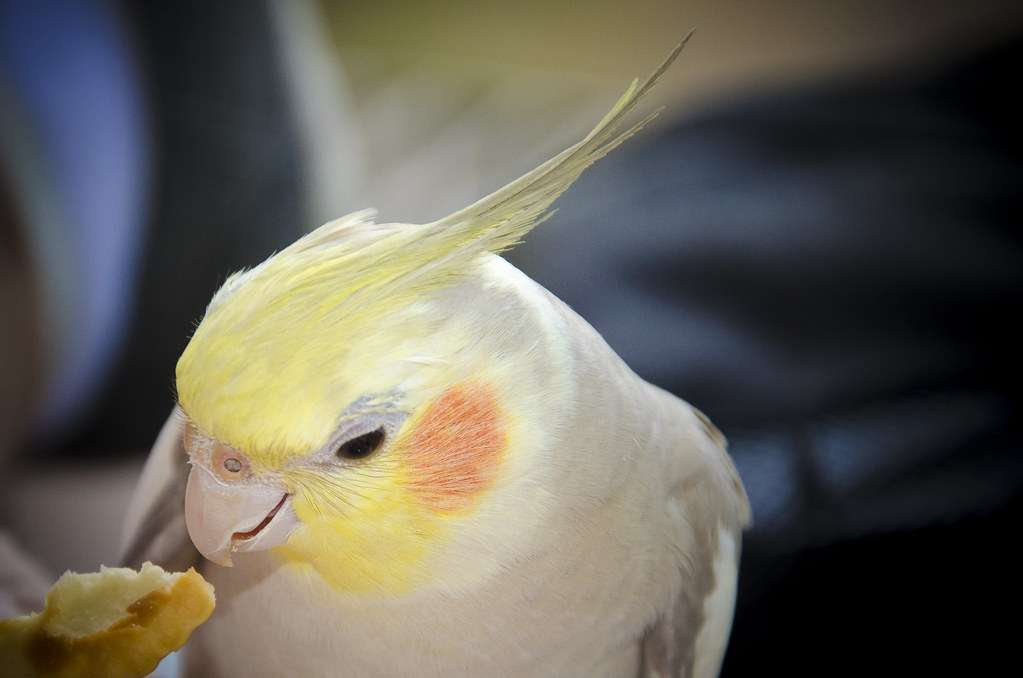Cockatiels are a popular pet bird species, and many people enjoy keeping them as pets due to their beauty and friendly nature. However, one of the most common questions that cockatiel owners have is how to determine the gender of their bird.
In this blog post, we will discuss various methods used for determining the gender of a cockatiel.
Physical Appearance
The first method for determining a cockatiel’s gender is by looking at their physical appearance. Male and female cockatiels differ in various ways that can be observed with careful inspection. For instance, male cockatiels typically have brighter yellow face patches than females, while females tend to have grayer or lighter ones.
Moreover, males often display more striking colors on their wings and tails than females; these areas may appear duller or paler in comparison on female birds. Additionally, male cockatiels usually have longer tail feathers than females – roughly two inches lengthwise.
Behavior
Another way to tell if your cockatoo is male or female is by observing its behavior patterns carefully. Male birds are generally more vocal compared to female ones; they make loud whistles that sound like human whistles when trying to attract mates during breeding season.
On the other hand, female birds tend not to whistle much because they don’t want any attention from potential predators who might come close when they’re nesting eggs laid within a nest box nearby!
DNA Testing
If you cannot determine your bird’s gender through visual appearance or behavior patterns then DNA testing may be required using either blood samples which can be collected by your veterinarian via prick test (blood sample) or feather testing which could also detect sex chromosomes present within each feather follicle providing accurate results about sex identification without harming the animal in any way!
The tests include analyzing specific markers known only for either male or female birds. DNA testing is an option for those who want to know their bird’s gender with certainty.
Conclusion
In conclusion, determining the gender of a cockatiel can be challenging but not impossible. Observing your bird’s physical appearance and behavior patterns are less invasive ways that may help you identify its gender; however, if in doubt or looking for confirmation, opt for DNA testing which offers accurate results with no risks involved.
You should keep in mind that knowing your pet’s gender is essential as it will allow you to provide them with the best possible care according to their specific needs – this includes nutrition requirements, playtime activities and even breeding programs!


